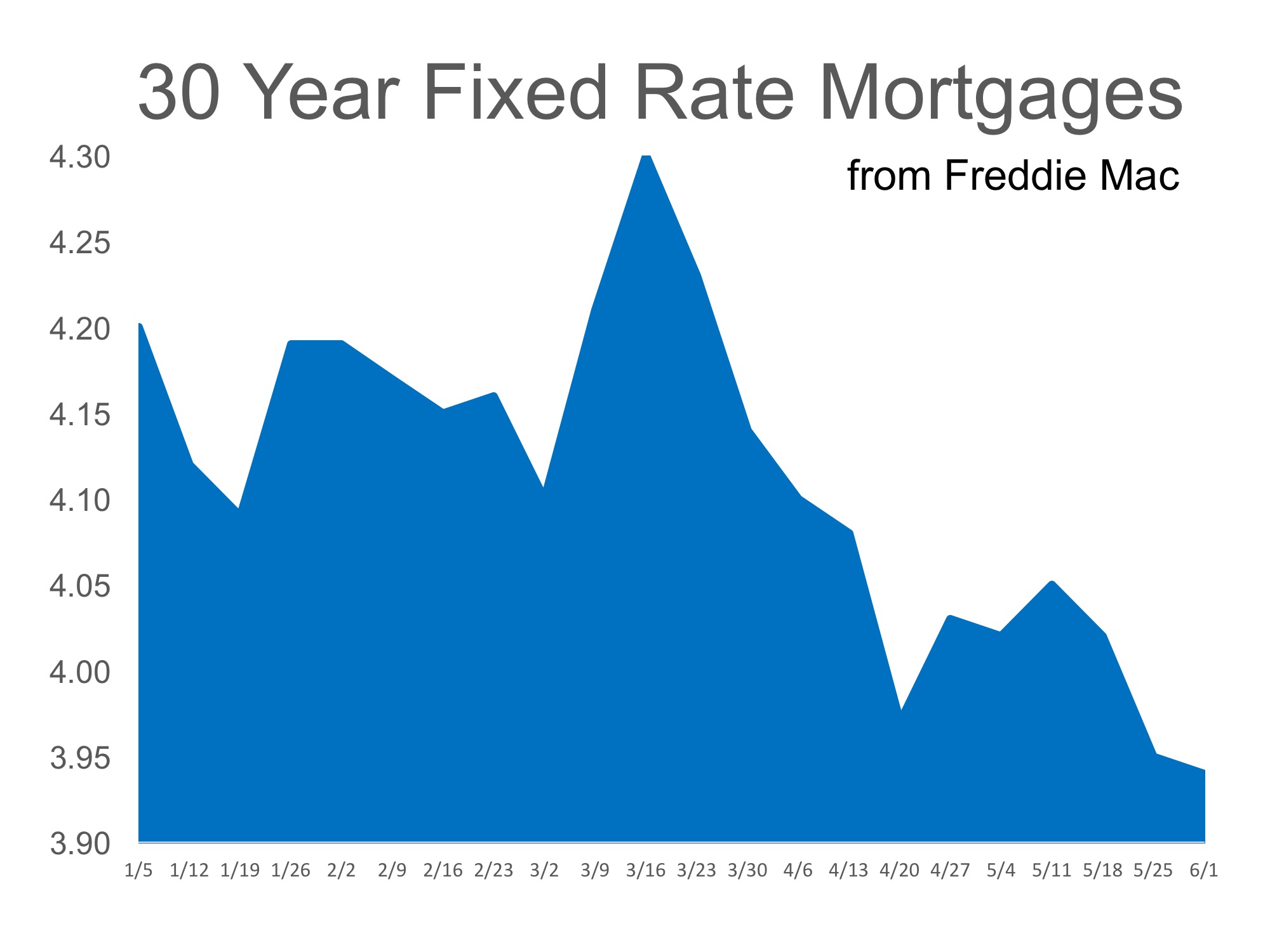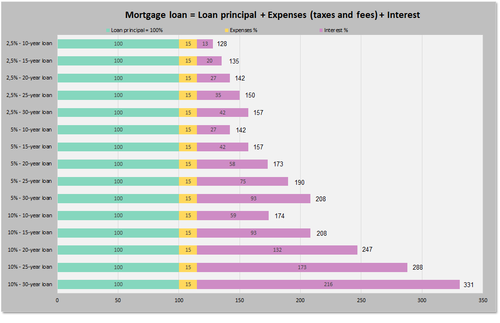For this argument to hold, the increase in the rate of foreclosure would need to precede the decrease in home prices. In reality, the opposite occurred, with the nationwide rate of house rate gratitude peaking in the second quarter of 2005 and the absolute price level peaking in the 2nd quarter of 2007; the dramatic boost in new foreclosures was not reached until the 2nd quarter of 2007.
Usually one would expect the ultimate financiers in mortgagerelated securities to enforce market discipline on lenders, making sure that losses remained within expectations. Market discipline started to breakdown in 2005 as Fannie Mae and Freddie Mac ended up being the biggest single buyers of subprime mortgagebacked securities. At the height of the marketplace, Fannie and Freddie bought over 40 percent of subprime mortgagebacked securities.
Fannie and Freddie entering this market in strength significantly increased the demand for subprime securities, and as they would eventually be able to pass their losses onto the taxpayer, they had little incentive to effectively keep an eye on the quality of underwriting. The past few years have witnessed a considerable growth in the number of monetary regulators and policies, contrary to the commonly held belief that our financial market policies were "rolled back." While numerous regulators might have been shortsighted and overconfident in their own ability to spare our financial markets from collapse, this stopping working is one of regulation, not deregulation.
The 4-Minute Rule for How Can Mechanics Leins Achieve Priority Over First Mortgages
To describe the monetary crisis, and prevent the next one, we must take a look at the failure of guideline, not at a mythical deregulation.
So, "what triggered the home loan crisis" anyhow? In case you have not heard, we went through one of the worst housing busts in our life times, if not ever - what metal is used to pay off mortgages during a reset. And though that much is clear, the reason behind it is much less so. There has been a great deal of finger pointing. In truth, there wasn't simply one cause, however rather a combination of forces behind the real estate crisis.
Banks weren't keeping the loans they http://andyfjqm971.jigsy.com/entries/general/the-of-what-are-current-interest-rates-for-mortgages madeInstead they're were selling them to financiers on the secondary marketWho were slicing and dicing them into securitiesThe transfer of threat allowed more dangerous loans to be madeIn the old days, banks used to make home loans in-house and keep them on their books. Because they held onto the loans they made, strict underwriting guidelines were put in location to ensure quality loans were made.
The Facts About How Is The Average Origination Fees On Long Term Mortgages Revealed
And they 'd lose great deals of money. Recently, a brand-new phenomenon occurred where banks and home mortgage loan providers would stem home loans and rapidly resell them to investors in the type of mortgage-backed securities (MBS) on the secondary market (Wall Street). This technique, referred to as timeshare financing the "stem to disperse design," permitted banks and lenders to pass the threat onto investors, and thereby loosen guidelines.
Banks and loan providers also count on circulation channels outside their own roof, through mortgage brokers and correspondents. They incentivized bulk stemming, pushing those who worked for them to close as lots of loans as possible, while forgeting quality standards that made sure loans would really be paid back. Due to the fact that the loans were being sliced and diced into securities and offered wholesale, it didn't matter if you had a couple of bad ones here and there, at least not initiallyThis pair wasn't complimentary from blame eitherThey were quasi-public companiesThat were attempting to keep personal financiers happyBy alleviating underwriting guidelines to stay relevantOf course, banks and lenders modeled their loan programs on what Fannie and Freddie were buying, so one might also argue that these two "government-sponsored enterprises" also did their fair share of damage.
And it has been alleged that the pair relieved guidelines to remain pertinent in the home mortgage market, mainly because they were publicly traded companies progressively losing market share to private-label securitizers. At the exact same time, they likewise had lofty budget friendly real estate goals, and were advised to supply funding to more and more low- and moderate-income debtors with time, which plainly included more danger.
The 6-Second Trick For Which Banks Offer 30 Year Mortgages

As an outcome, bad loans looked like higher-quality loans due to the fact that they conformed to Fannie and Freddie. what are cpm payments with regards to fixed mortgages rates. And this is why quasi-public business are bad news folks. The underwriting, if you might even call it thatWas godawful at the time leading up to the mortgage crisisBasically anybody who got a mortgage might get approved back thenSo once the well ran dry much of these homeowners stopping payingThat brings us to bad underwriting.

They were typically told to make loans work, even if they seemed a bit dodgy at finest. Again, the reward to authorize the loan was much, much greater than decreasing it. And if it wasn't authorized at one shop, another would be delighted to come along and take the company.
So you might get away with it. The appraisals at the time were also highly suspectEmphasis on "high" rather than lowSince the worths were typically grossly inflated to make the shoddy loan workThis further propped up house costs, enabling for much more bad loans to be createdGoing together with bad underwriting was faulty appraising, frequently by deceitful home appraisers who had the very same incentive as loan providers and pioneers to make sure the loans closed.
The Greatest Guide To How To Switch Mortgages While Being
If one appraiser didn't like the worth, you might constantly get a second viewpoint elsewhere or have them reconsider. House prices were on the up and up, so a Learn more here stretch in worth could be concealed after a few months of gratitude anyhow. And don't forget, appraisers who discovered the right value whenever were ensured of another deal, while those who couldn't, or wouldn't make it occur, were missed on that next one.
Back when, it prevailed to put down 20 percent when you acquired a home. In the last few years, it was progressively typical to put down 5 percent or perhaps nothing. In reality, zero down home loan financing was all the rage since banks and debtors could rely on house rate gratitude to keep the idea of a house as an investment feasible.
Those who purchased with no down merely selected to walk away, as they actually had no skin in the video game, nothing to keep them there. Sure, they'll get a huge ding on their credit report, but it beats losing a great deal of cash. Alternatively, those with equity would definitely set up more of a fight to keep their house.
Some Known Incorrect Statements About Reddit How Long Do Most Mortgages Go For
As home costs marched greater and greater, loan providers and house contractors had to create more creative funding choices to bring in purchasers. Since home prices weren't going to come down, they had to make things more inexpensive. One approach was decreasing month-to-month home loan payments, either with interest-only payments or unfavorable amortization programs where debtors really paid less than the note rate on the loan.
This obviously resulted in ratings of undersea debtors who now owe more on their home loans than their present home worths - when did subprime mortgages start in 2005. As such, there is little to any incentive to remain in the house, so customers are significantly defaulting on their loans or leaving. Some by option, and others because they might never manage the true terms of the loan, just the introductory teaser rates that were used to get them in the door.